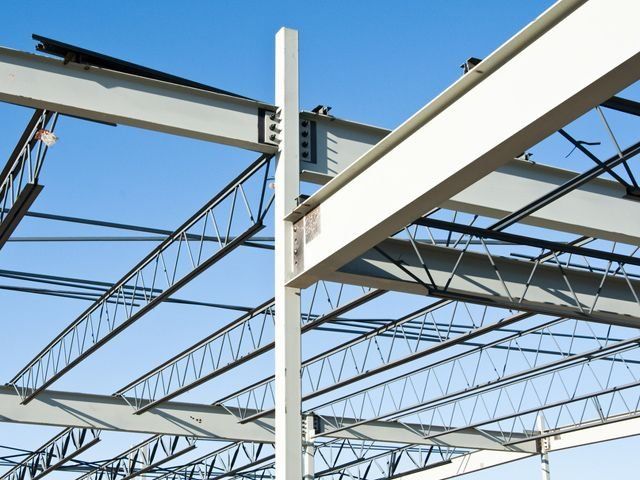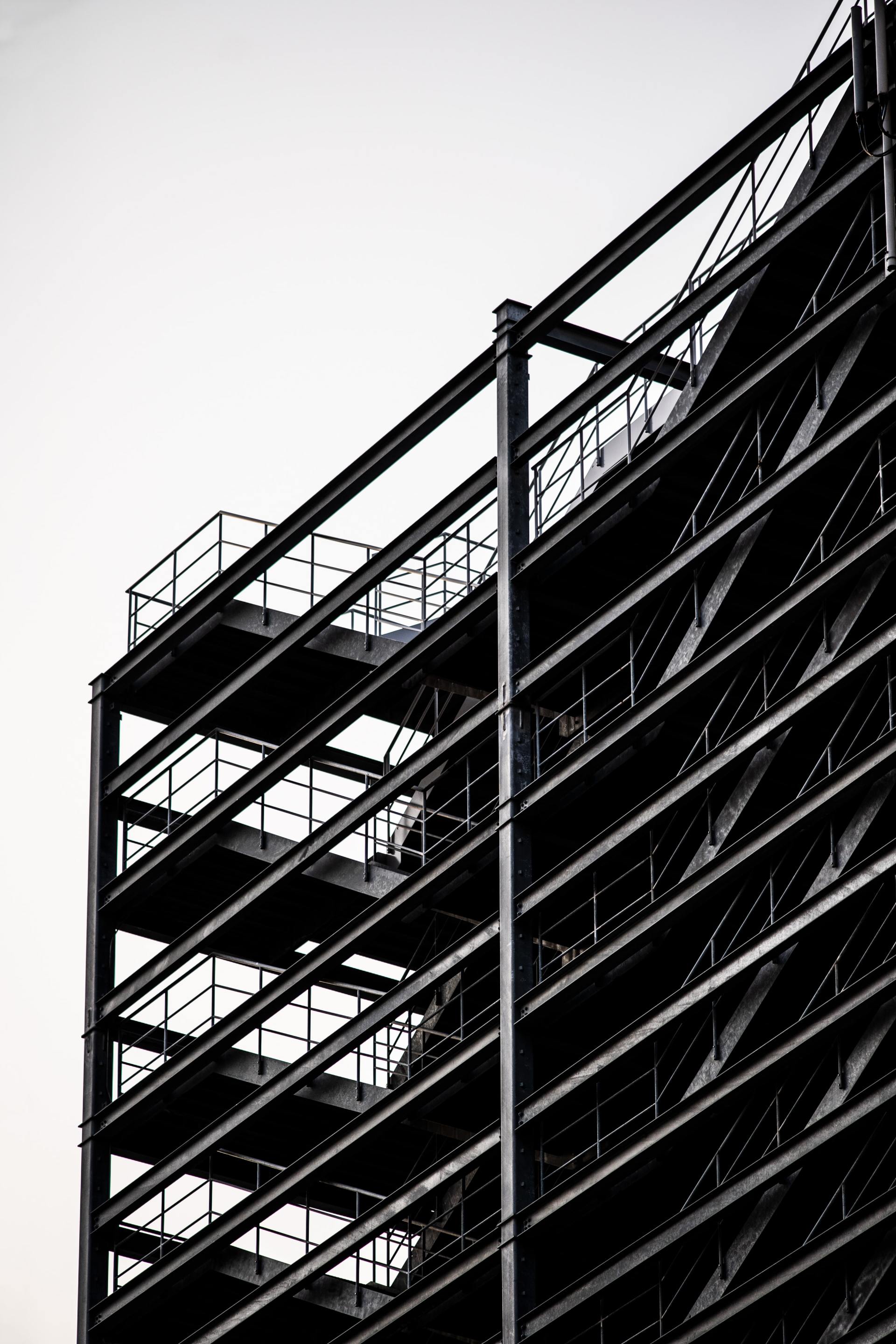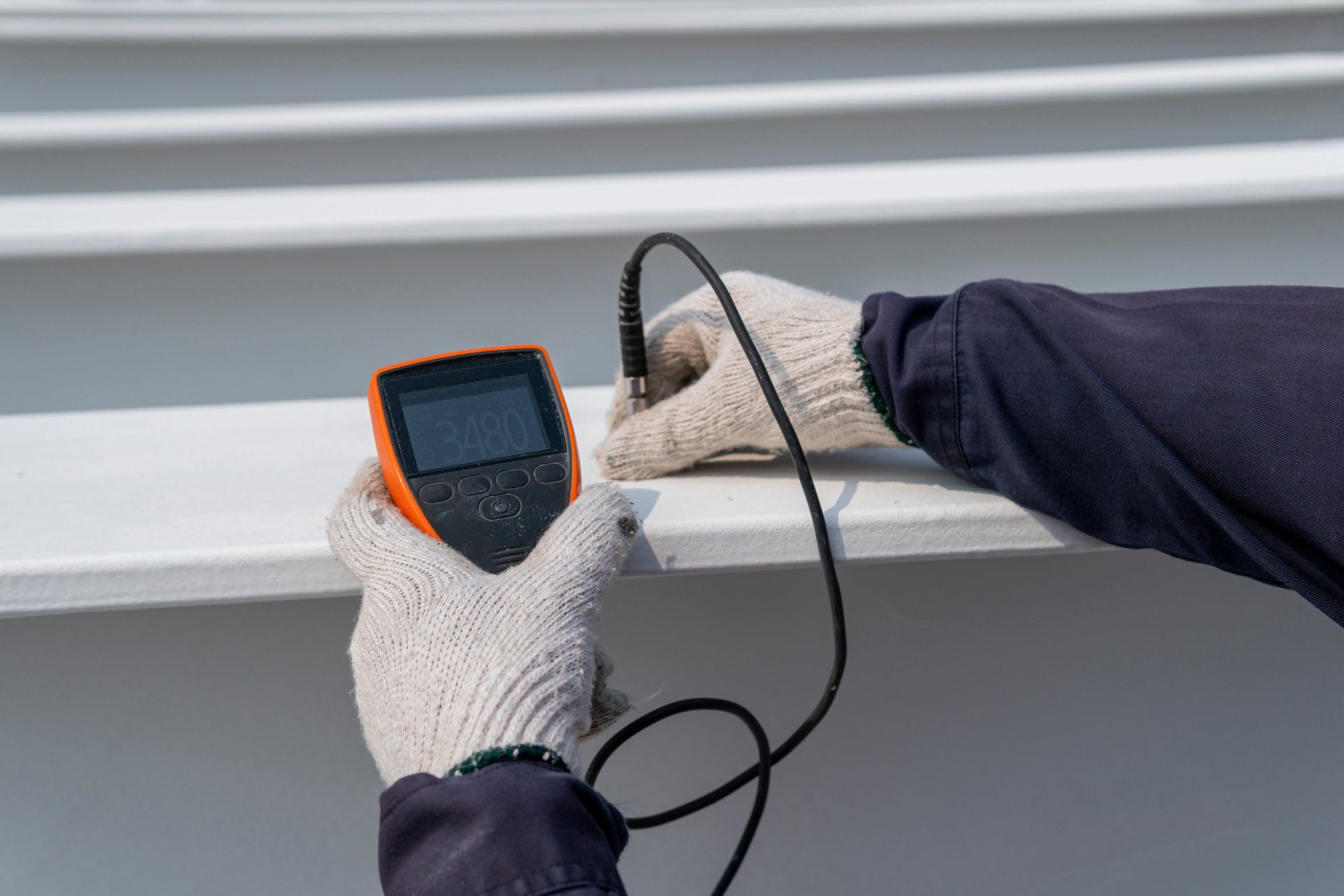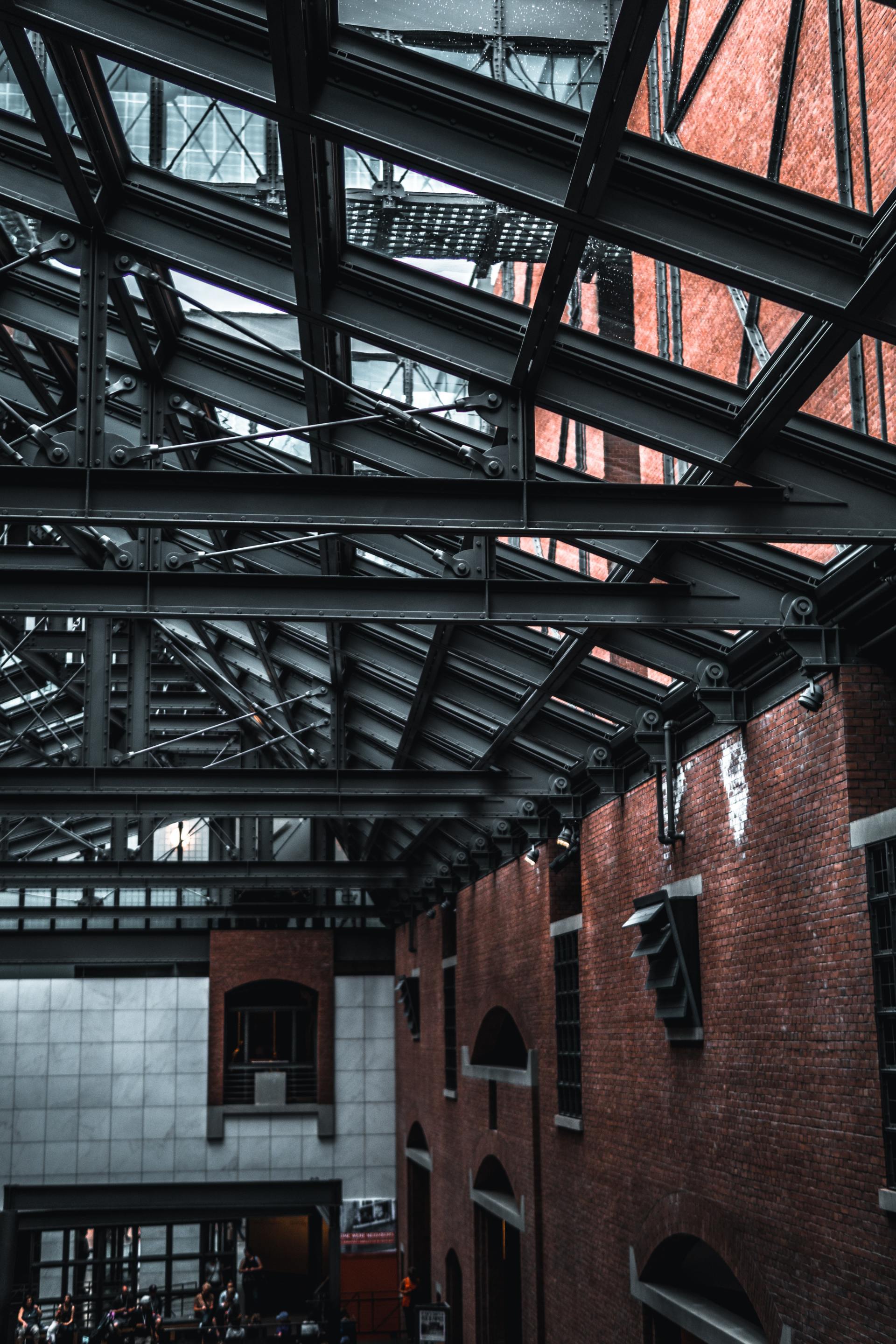Intumescent Paint
Passive Fire Protection
Award Winning Passive Fire Protection at Dangle
Passive Fire Protection
Intumescent Paints
Ablative Coatings
Fireproofing Surveys
Intumescent Painting is Saving Lives
Intumescents Paint
Passive Fire Protection Surveys
Intumescent Paint for Steel
Passive fire protection is an integral part of fire safety. And a legal requirement, of course. Intumescent paint for steel swells up when heated, protecting the material underneath. It also seals small gaps that fire could otherwise pass through. This slows the fire down, giving building occupants more time for evacuation. By protecting the steel structures, it also reduces the chance of a building collapse. And protects firefighters in the process.
Intumescent and fire-retardant paints have an important difference. Fire-retardant coatings release gas as they heat up. This gas dampens the flames and stops them from growing. However, both are commonly used in fire protection.
Intumescent coatings for steel are available in solvent-based and water-based forms. (Although the former is more common.) They have several advantages. For example, they don’t affect the mechanical or other intrinsic properties of the materials. They’re easily applied. At Dangle, we deal mostly with intumescent paint for structural steel. But different kinds of intumescent paint can be used for other materials too.
Ablative coatings are also a form of fire protection. They’re designed to literally burn away, absorbing energy from the fire and protecting the structures beneath. Ablative coatings buy precious time in the event of a fire. However, they have other advantages too. They also contribute to thermal protection and acoustic insulation.
Passive fire protection also encompasses fire doors and other measures to slow a fire down. It works together with active fire protection. That means measures such as sprinkler systems and fire extinguishers. And fire prevention, which uses education to stop outbreaks before they even start.
Our team at Dangle combines the best in technical knowledge, with rope access expertise and practical experience. You can count on us to know the intumescent paint for steel building regulations, including primers and topcoats. We’ll get your project completed on time and on budget, meeting all the necessary safety and quality standards.
We’d advise you to start planning early. This will prevent delays if painters need access to structures that are already covered up. Thorough surface preparation and priming is key. It ensures the correct adhesion of the intumescent fire-retardant paint. Our specialist rope access technicians can access many difficult to reach areas - quickly and efficiently.
The Dangle team holds a comprehensive set of industry certifications. We’re members of the Institute of Corrosion (ICORR), the National Association of Corrosion Engineers (NACE) and the Chartered Quality Institute (CQI). We’re also accredited by the Society for Protective Coatings (SSPC) as training providers for ‘train the painter’ programmes. This means we have all the know-how to take your project from initial survey to final hand-off. Including intumescent fireproofing.
We hope you will rely on us for your next passive fire protection project. As you can see, Dangle offers a comprehensive set of commercial industrial painting services. We’re an award-winning and family-run business. And our smaller size and structure help us to offer a flexible and competitive service. Please get in touch today to discuss your project.





